-
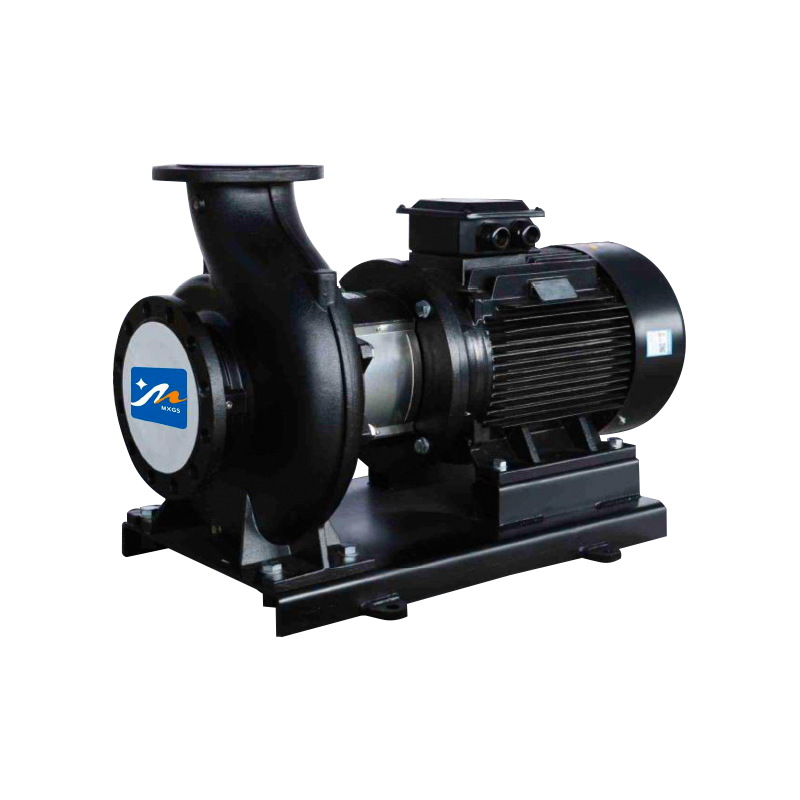
Oct 30, 2025
How to Select the Right Horizontal End Suction Pump for Industrial ApplicationsUnderstanding Horizontal End Suction Pumps What Is a Horizontal End Suction Pump A horizontal end suction pump is a type of centrifugal pump where the... -
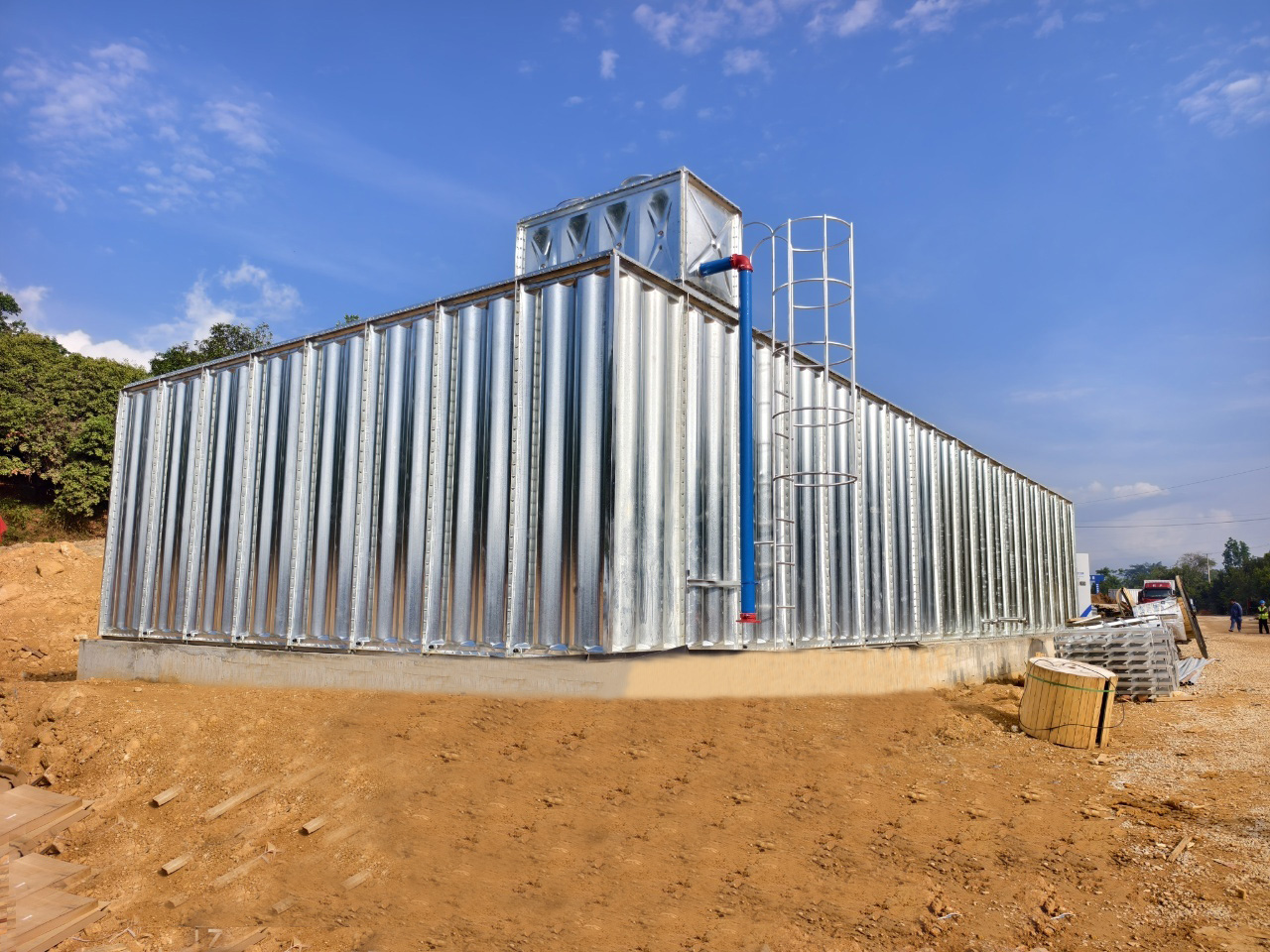
Oct 30, 2025
Stainless Steel vs GRP Cold Water Sectional Tanks: Which Is Better?Stainless Steel vs GRP Cold Water Sectional Tanks: Which Is Better? Choosing the right material for your cold water sectional tank is a critical decis... -
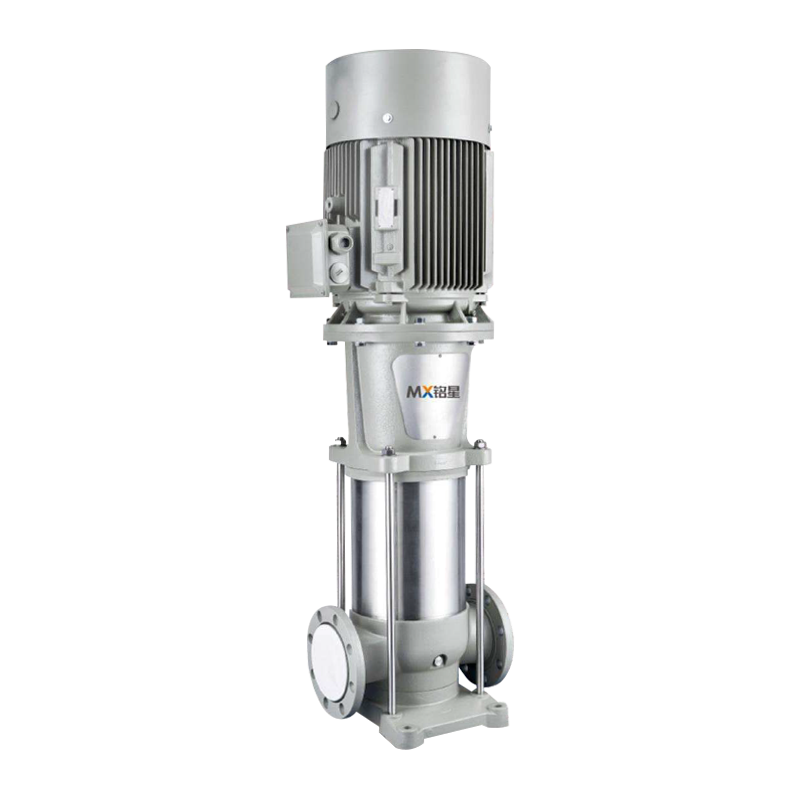
Oct 23, 2025
How to Choose the Right Centrifugal Pump Manufacturer for Industrial ApplicationsSelecting the ideal centrifugal pump manufacturers is a critical decision that directly impacts the efficiency, reliability, and total cost of ownersh... -
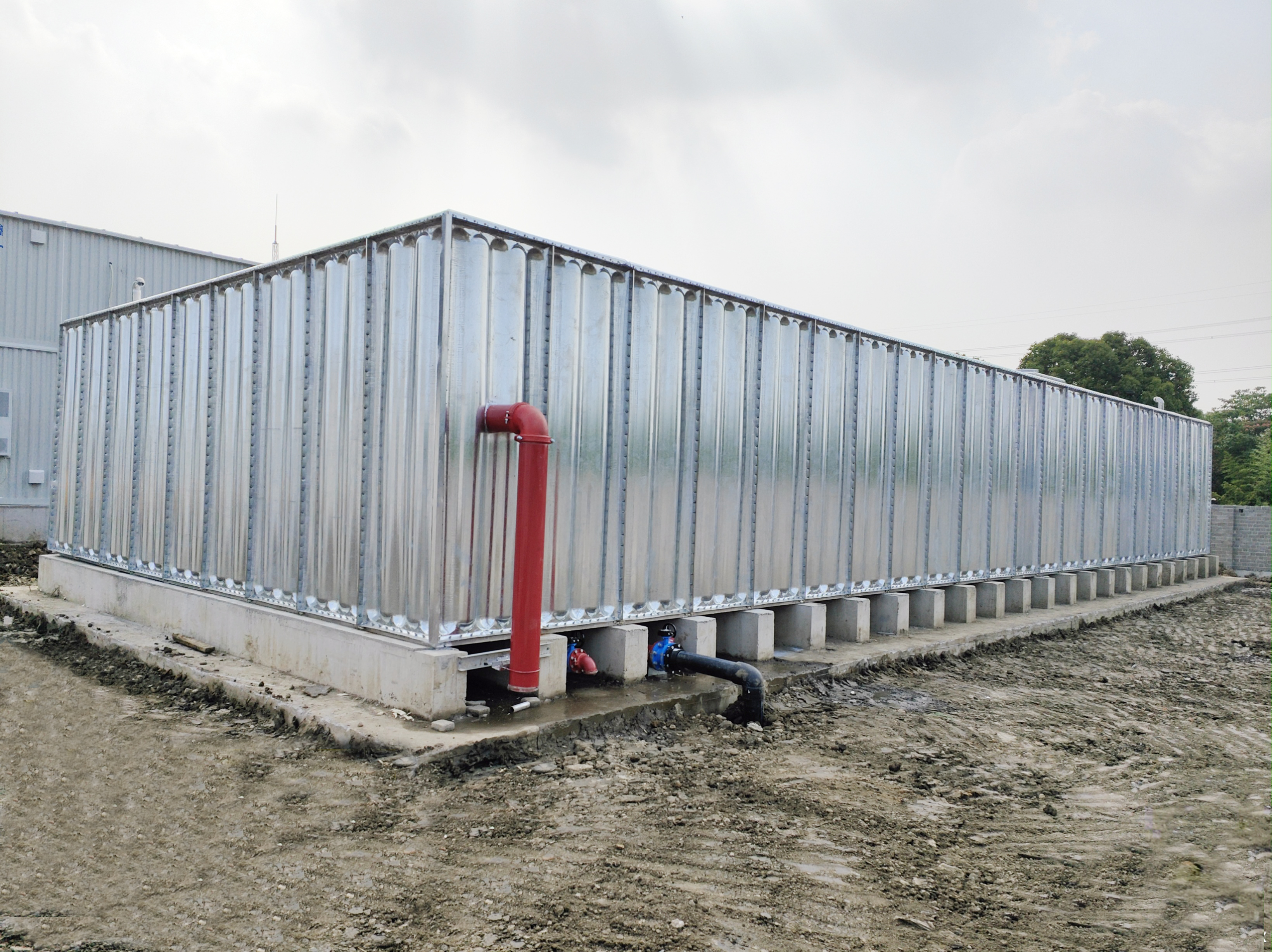
Oct 22, 2025
Comprehensive Guide to Hot Dipped Galvanized Water TanksA hot dipped galvanized water tank is a durable and corrosion-resistant storage solution widely used in industrial, agricultural, and residential wate... -
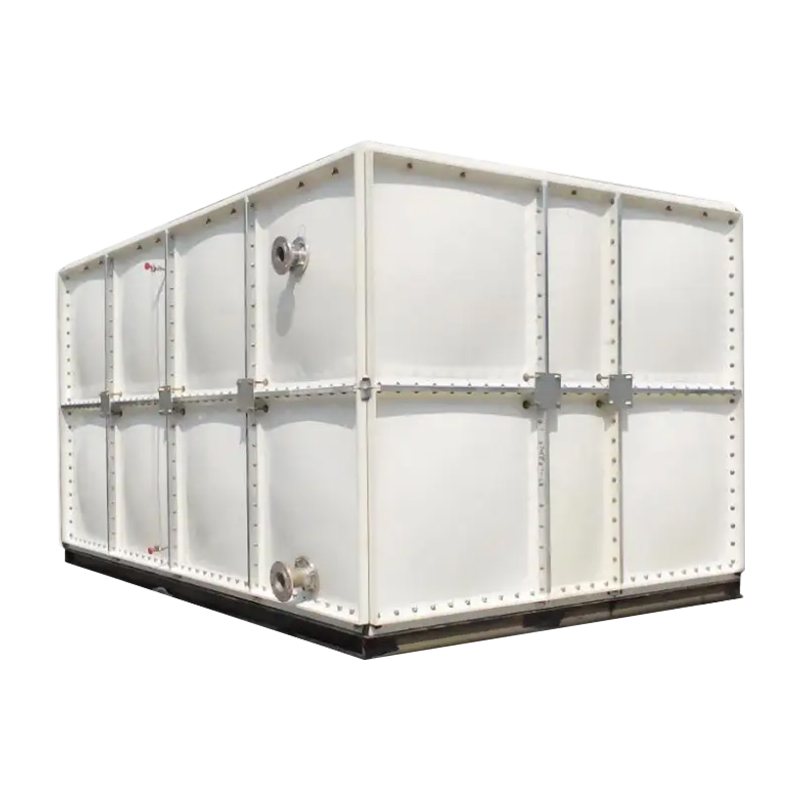
Oct 14, 2025
Why Sectional Water Tanks Are the Smart Choice for Every FacilityThe Growing Demand for Efficient Water Storage Efficient water storage is increasingly critical for modern facilities, ranging from commercial buildin... -
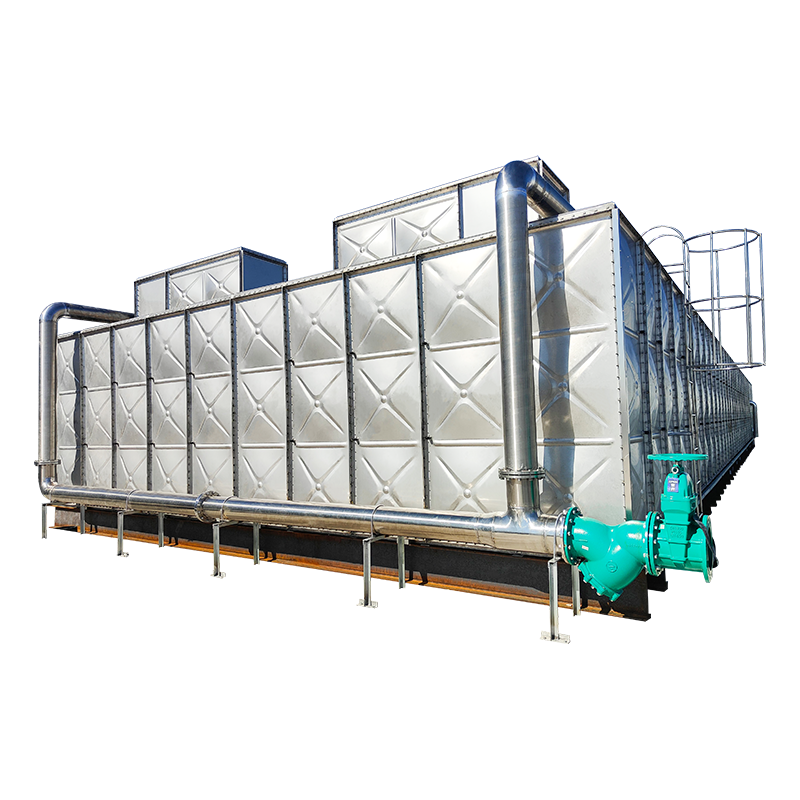
Oct 13, 2025
Transform Your Water Management with Advanced Sectional Water Tank DesignsWhy Modern Sectional Water Tanks Are Revolutionizing Water Storage In today's world, efficient water management is critical for agricultural, industri... -
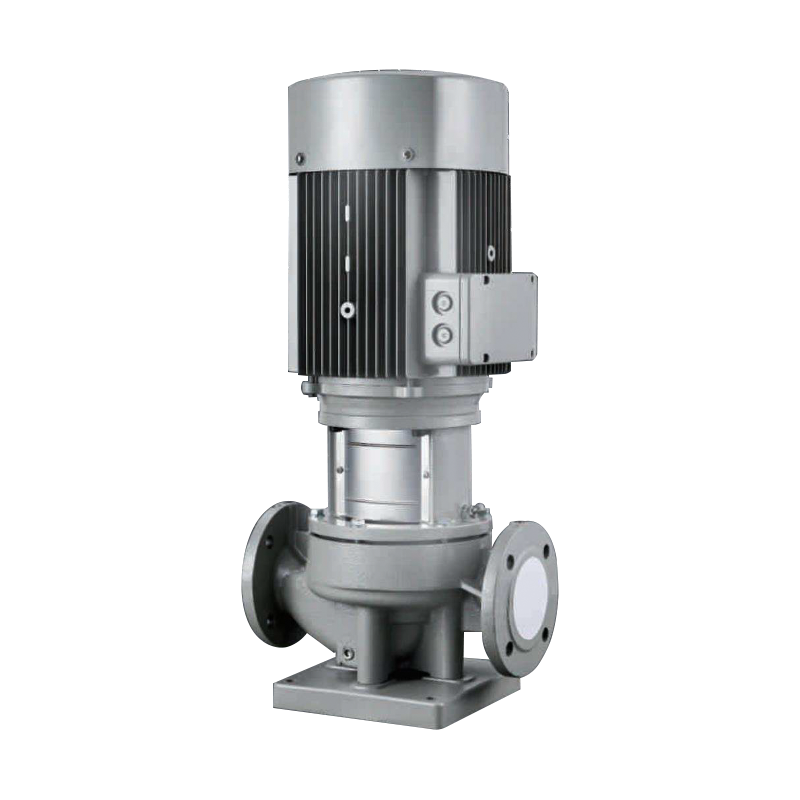
Oct 09, 2025
How to Choose Reliable Centrifugal Pump Manufacturers for Your ProjectSelecting the right centrifugal pump manufacturer is a critical decision that impacts the efficiency, longevity, and total cost of ownership of your f... -

Oct 09, 2025
How to Choose the Right Sectional Water Tank for Industrial and Domestic UseSelecting the appropriate water storage solution is a critical decision for both homeowners and industry professionals. A sectional water tank, known ... -
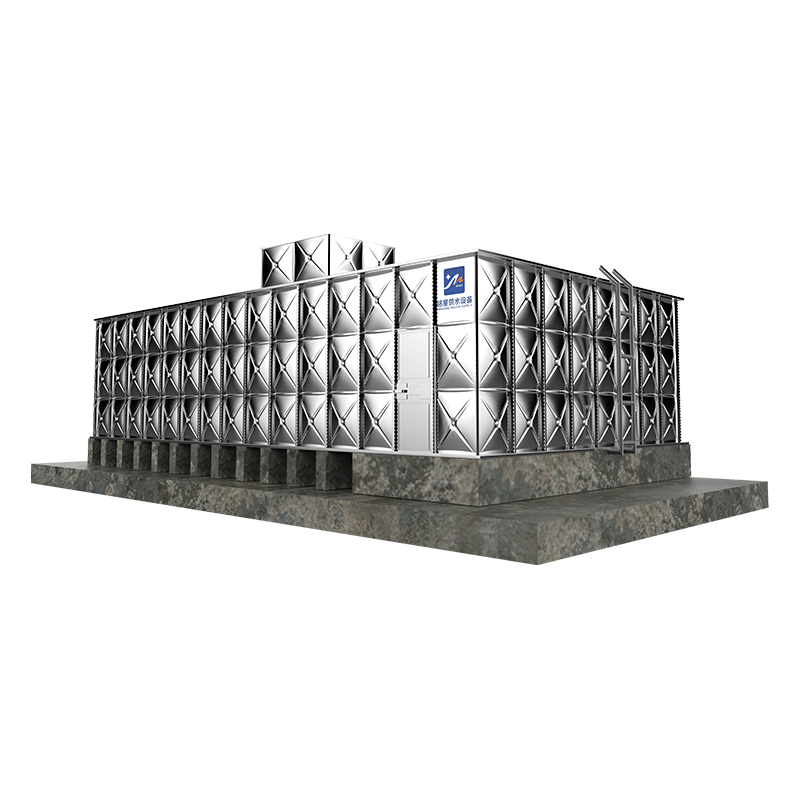
Sep 30, 2025
Advantages of Hot Dipped Galvanized Water Tank for Long-Term Water StorageWhen it comes to securing a reliable and durable water supply for agricultural, industrial, or residential use, the choice of storage system is paramo... -
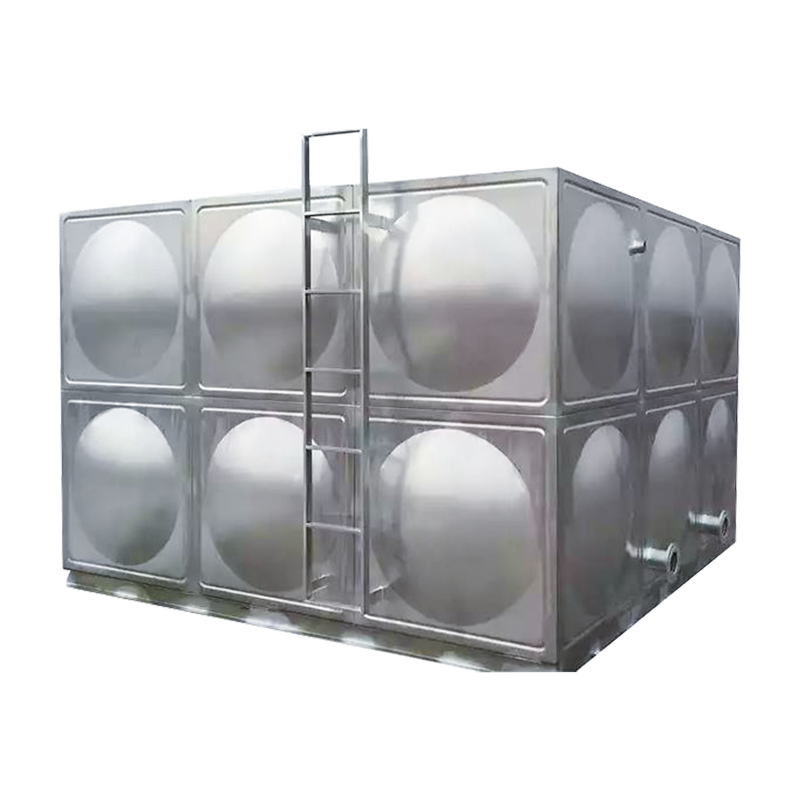
Sep 29, 2025
5 Signs It's Time to Replace Your Tank: The Ultimate Guide to Choosing a Stainless Steel Water TankIs your home's water tank on its last legs? A failing water tank can lead to costly damage, water waste, and compromised water quality. This comprehen... -
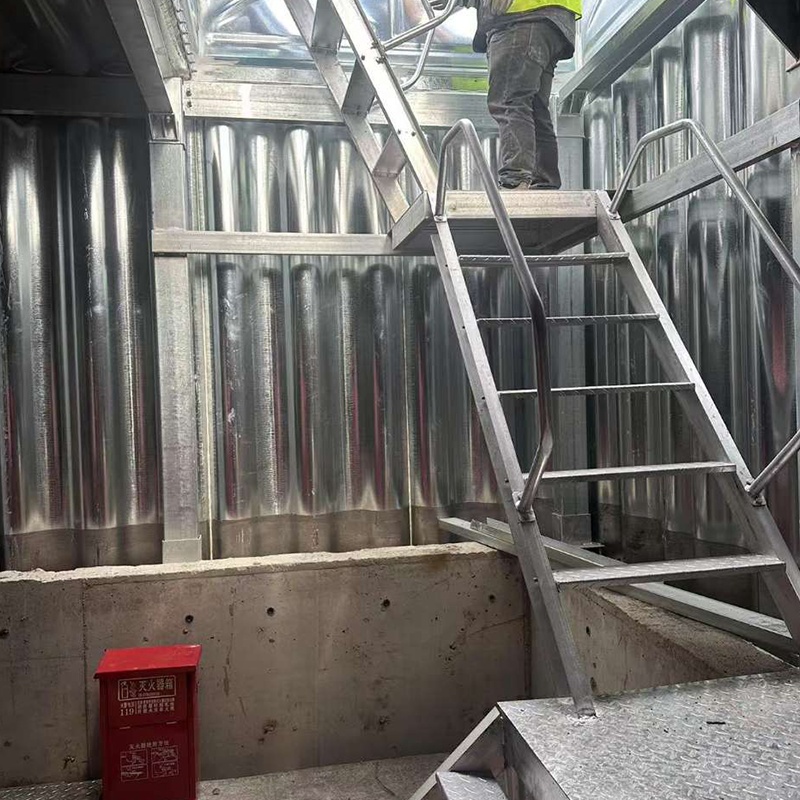
Sep 24, 2025
Unmatched Durability & Stability: The Power of Double-Sided Arc-Ribbed Fire Water TanksIn the critical realm of fire protection, the reliability of water storage is non-negotiable. Traditional fire water tanks can be vulnerable to struct... -

Sep 23, 2025
Breakthrough Structure: How Bidirectional Arc-Rib Ultra-Rigidity SW Water Tanks Redefine Water Storage Safety and DurabilityThe quest for safer, more reliable, and longer-lasting water storage solutions is a constant in civil engineering and municipal planning. Traditional ...